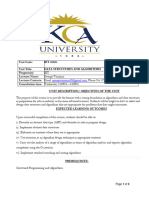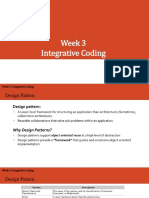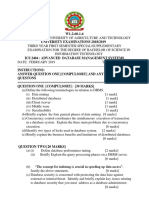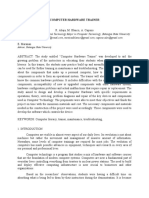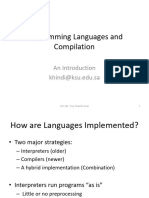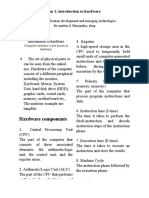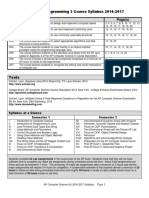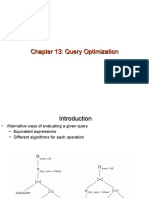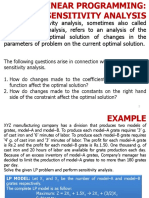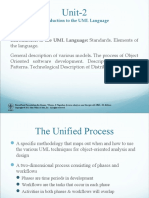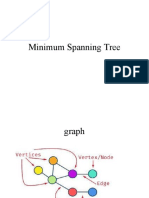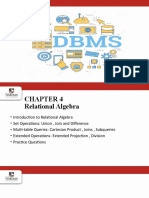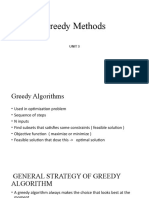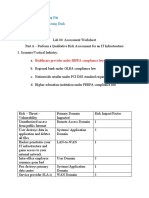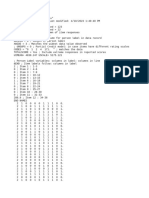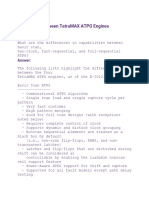0% found this document useful (0 votes)
424 views21 pagesUnit 6: Query Processing and Optimization
The document discusses query processing and optimization in a database. It describes the basic steps in query processing as parsing and translation, optimization, and evaluation. It explains that optimization involves generating equivalent query plans and choosing the most efficient plan based on estimated costs. The document outlines various relational algebra equivalence rules that allow rewriting queries into different logical forms. It provides examples of how selections can be pushed down and join orderings can be optimized.
Uploaded by
sejalCopyright
© © All Rights Reserved
We take content rights seriously. If you suspect this is your content, claim it here.
Available Formats
Download as PPTX, PDF, TXT or read online on Scribd
0% found this document useful (0 votes)
424 views21 pagesUnit 6: Query Processing and Optimization
The document discusses query processing and optimization in a database. It describes the basic steps in query processing as parsing and translation, optimization, and evaluation. It explains that optimization involves generating equivalent query plans and choosing the most efficient plan based on estimated costs. The document outlines various relational algebra equivalence rules that allow rewriting queries into different logical forms. It provides examples of how selections can be pushed down and join orderings can be optimized.
Uploaded by
sejalCopyright
© © All Rights Reserved
We take content rights seriously. If you suspect this is your content, claim it here.
Available Formats
Download as PPTX, PDF, TXT or read online on Scribd
/ 21















